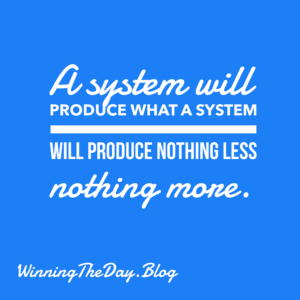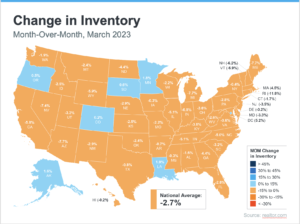“Ancora Imparo.” Two simple words, yet they encapsulate a powerful philosophy: “I am still learning.” This Italian phrase, often attributed to the Renaissance master Michelangelo, speaks to the heart of what it means to thrive in today’s dynamic world. It’s a motto that resonates deeply with the demands of the knowledge economy, where continuous learning isn’t just an advantage—it’s a necessity.
Knowledge is no longer a static commodity; it’s a constantly evolving landscape. What you knew yesterday might be outdated tomorrow. In this environment, the ability to adapt and acquire new skills is paramount. Lifelong learning is no longer a choice; it’s the key to staying relevant and competitive.
The connection between learning and earning is undeniable. In a world driven by innovation and disruption, those who invest in their own development are the ones who will succeed. They’re the ones who can navigate change, drive innovation, and lead with confidence.
The principle of “Learning over Change” (L>C) emphasizes this crucial point. While not a formal equation, it serves as a powerful metaphor. Your rate of learning must outpace the rate of change happening around you. If your learning curve isn’t steeper than the curve of change, you risk being left behind. This also means that your learning must exceed that of your competitors.
Embracing the spirit of “Ancora Imparo” is about cultivating a mindset of curiosity and adaptability. It’s about recognizing that learning is a lifelong journey, not a destination. It’s about constantly seeking new knowledge, challenging your assumptions, and being open to new perspectives.
While the exact context of Michelangelo’s use of “Ancora Imparo” remains somewhat debated, the sentiment behind it aligns perfectly with his dedication to his craft. Even at the height of his genius, he understood the importance of continuous learning. It’s a lesson that remains relevant for all of us today. In a world of constant flux, the only constant is the need to learn.






